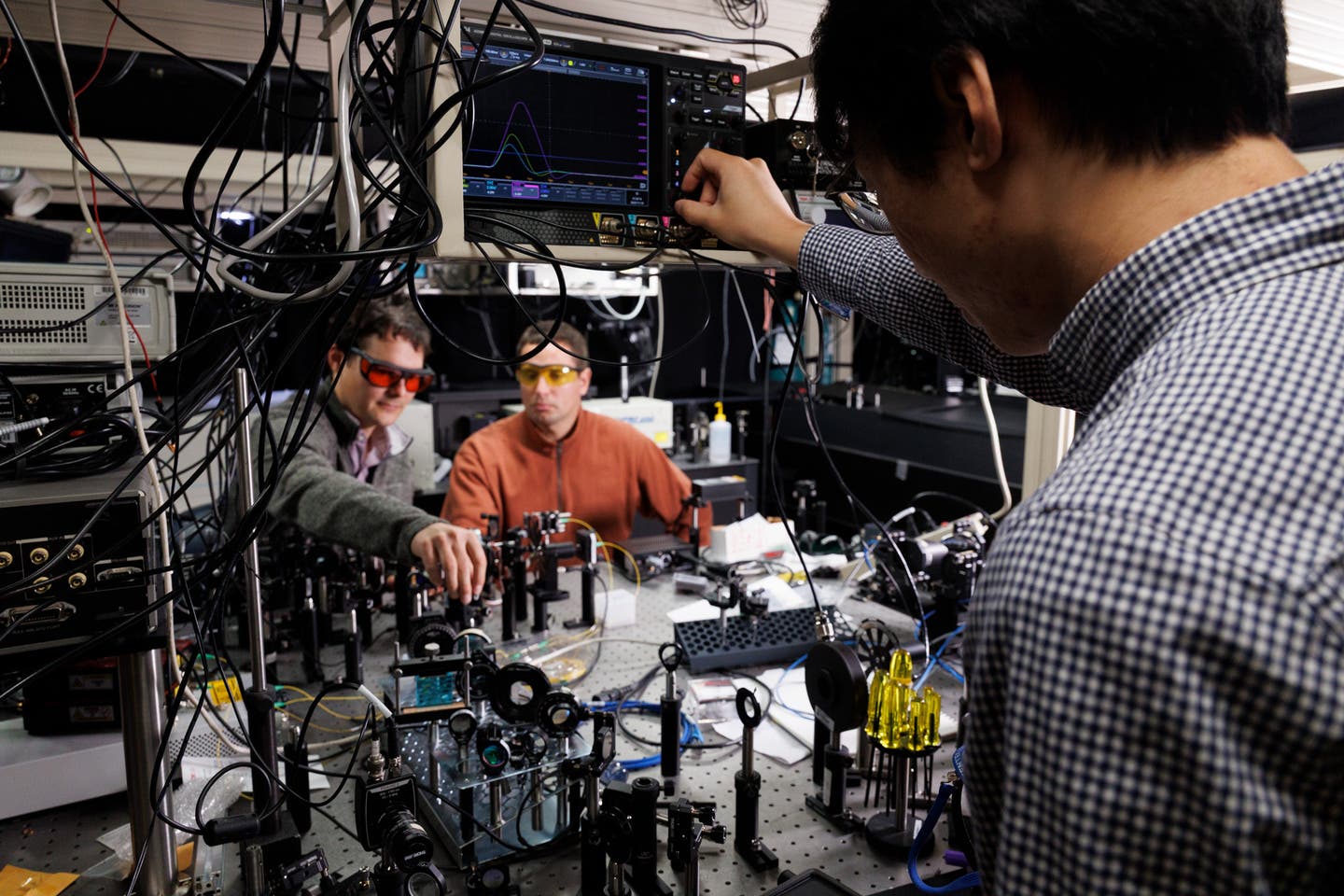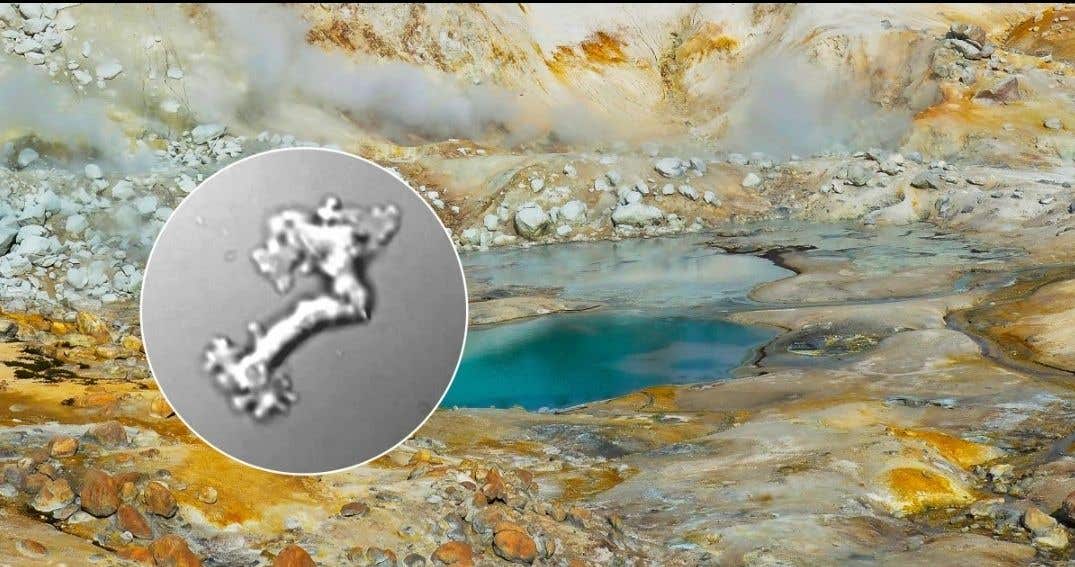Early Homo Sapiens lived together with Neanderthals 45,000 years ago
Early Homo sapiens survived Ice Age Europe 45,000 years ago, coexisting with Neanderthals and thriving in extreme conditions.

Early Homo sapiens reached Northern Europe 45,000 years ago, thriving in Ice Age climates once thought uninhabitable. (CREDIT: CC BY-SA 4.0)
Understanding how early Homo sapiens ventured into Eurasia offers key insights into human evolution, the extinction of Neanderthals, and the rise of modern humans.
Recent discoveries reveal that modern humans reached Northern Europe as far back as 45,000 years ago, earlier than previously believed. These revelations also suggest that our ancestors thrived in climates once thought inhospitable.
The Ranis cave in Germany, known locally as Ilsenhöhle, has become central to unraveling this history. Recent excavations uncovered well-preserved bone fragments and tools associated with the Lincombian–Ranisian–Jerzmanowician (LRJ) culture, previously linked to Neanderthals.
Genetic analyses of hominid bones, combined with advanced dating techniques, now confirm that these tools were crafted by Homo sapiens.
Archaeologist Elena Zavala, a lead researcher at the University of California, Berkeley, noted, “Homo sapiens made this technology, and Homo sapiens were this far north at this time period.” This finding places modern humans in the region during an era overlapping with Neanderthal populations, suggesting possible interactions.
Surviving Harsh Environments
The Ranis site has yielded evidence of extreme climatic conditions. Excavations revealed bones from reindeer, woolly rhinoceroses, and cave bears—species adapted to frigid environments resembling modern Siberia. This challenges the longstanding view that early humans only expanded during warmer periods.
“Until recently, it was thought that resilience to cold-climate conditions did not appear until several thousand years later,” remarked Sarah Pederzani, a postdoctoral researcher specializing in paleoclimate studies.
Related Stories
This discovery redefines the adaptive capabilities of early Homo sapiens, suggesting they endured harsh winters, likely through advanced hunting strategies and the use of fire and shelter.
Among the Ranis artifacts were finely crafted stone blades, or "leaf points," similar to those found in other European sites. The LRJ technocomplex, defined by these tools, represents a transitional phase between the Neanderthal-associated Middle Paleolithic and the Upper Paleolithic dominated by Homo sapiens.
Radiocarbon dating and stratigraphic analyses confirmed sporadic human presence at Ranis from 47,500 to 43,260 years ago. The discovery of animal remains with butchery marks highlights dietary shifts.
Early humans expanded their diets beyond large prey to include smaller, faster animals such as rabbits and birds. This versatility in subsistence strategies likely played a pivotal role in their survival.
Advances in paleoproteomics and DNA analysis have provided a clearer picture of the early human story. Researchers, including Dorothea Mylopotamitaki, identified bone fragments as human using protein analysis.
Zavala’s DNA study further linked these fragments to mitochondrial DNA sequences found in a 43,000-year-old skull from the Czech Republic, suggesting interconnected populations across Europe.
Mitochondrial DNA, inherited solely from mothers, revealed surprising kinship patterns, indicating shared maternal ancestry across regions.
While these findings are groundbreaking, Zavala acknowledged, “Mitochondrial DNA only tells part of the story. Nuclear DNA will give us a fuller picture of human migration and interaction.”
A Shared Landscape with Neanderthals
The overlap between Homo sapiens and Neanderthals raises questions about their interactions. Did they compete, coexist, or interbreed? Evidence suggests intermittent human occupation of Ranis, with the cave also serving as a den for hyenas and hibernating bears. This sporadic use aligns with the theory that early human groups were small and highly mobile.
Jean-Jacque Hublin, a co-lead researcher, emphasized, “The Ranis cave site provides evidence for the first dispersal of Homo sapiens across the higher latitudes of Europe. Artifacts once attributed to Neanderthals are now linked to modern humans.”
The discoveries at Ranis expand our understanding of early Homo sapiens’ resilience and adaptability. These pioneers not only survived but thrived in an unforgiving Ice Age environment, displaying ingenuity in toolmaking, diet, and survival strategies. Their interactions with Neanderthals remain a tantalizing mystery, one that future research may further illuminate.
As Zavala and her team continue their investigations, the Ranis cave will undoubtedly yield more clues about the complex journey of early humans. This site, once thought to be a minor chapter in prehistoric Europe, now stands as a cornerstone for understanding the dawn of humanity in the north.
Note: Materials provided above by The Brighter Side of News. Content may be edited for style and length.
Like these kind of feel good stories? Get The Brighter Side of News' newsletter.



